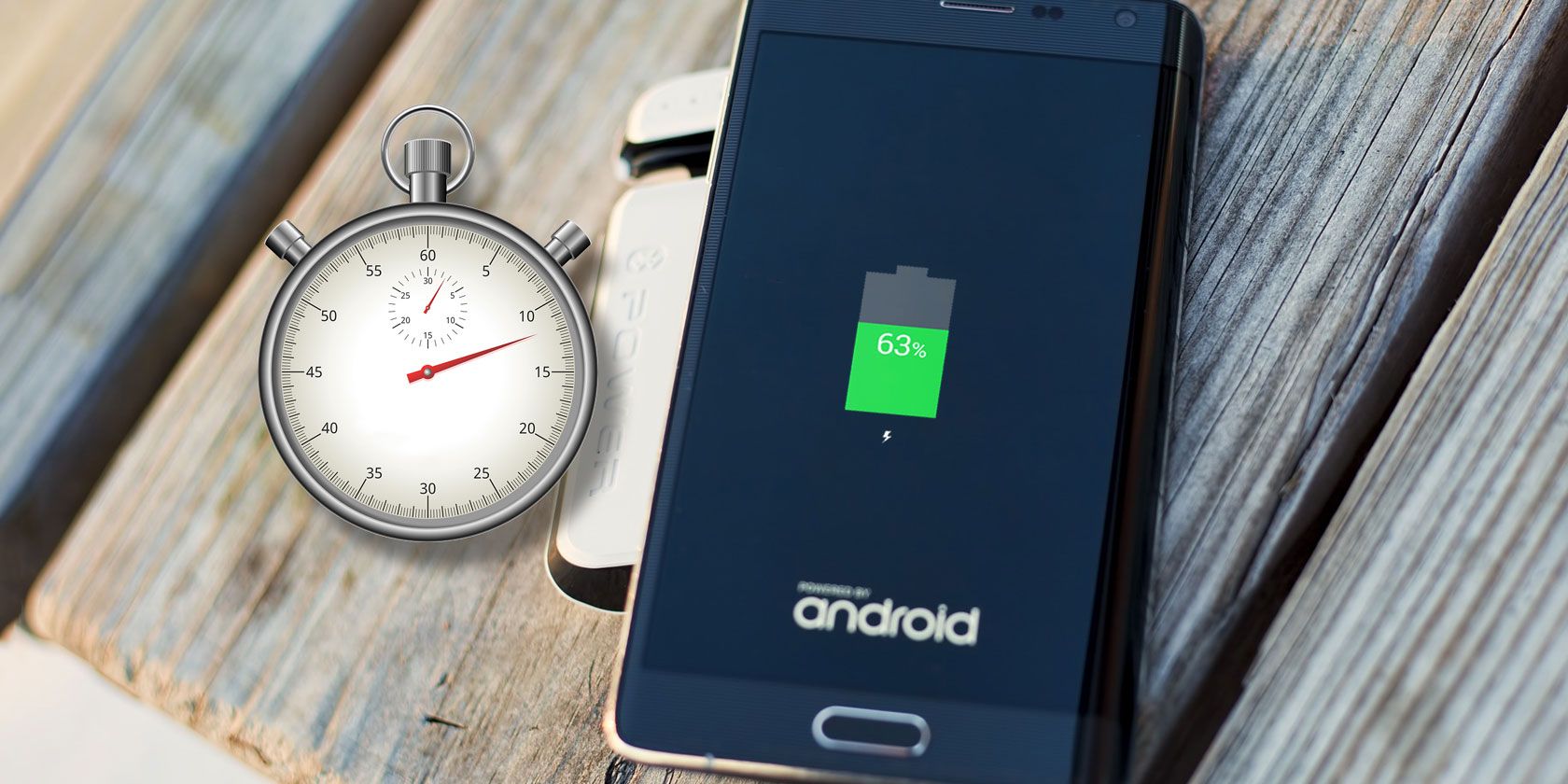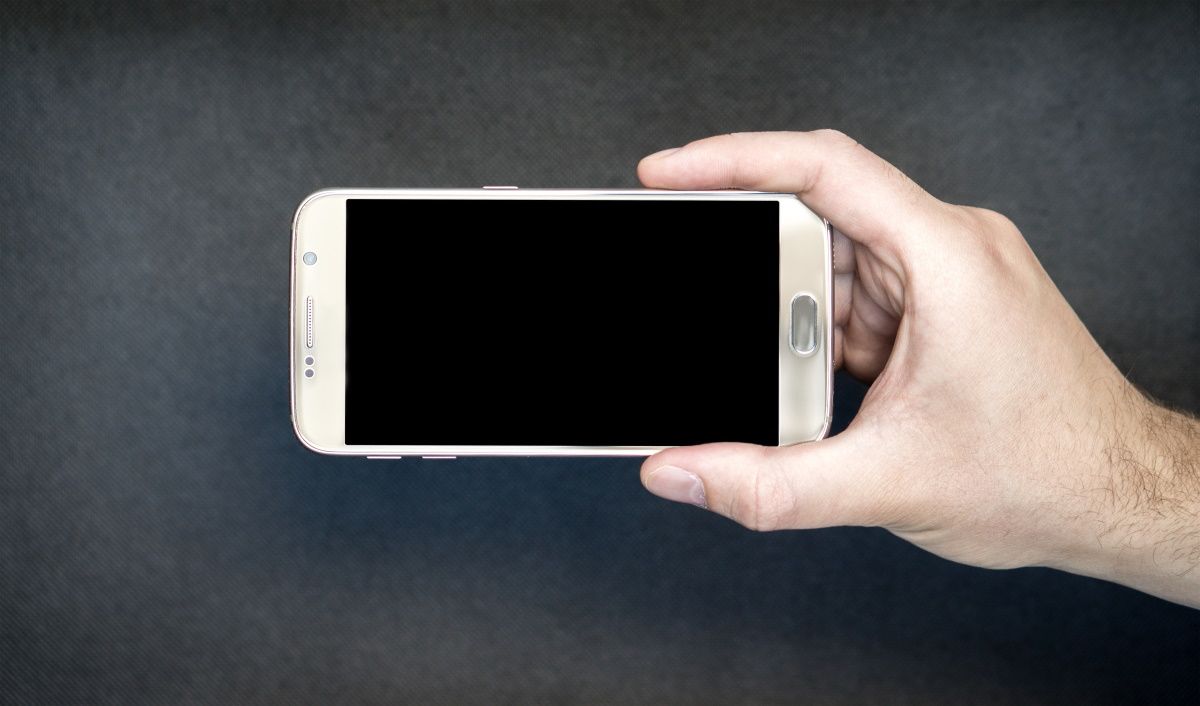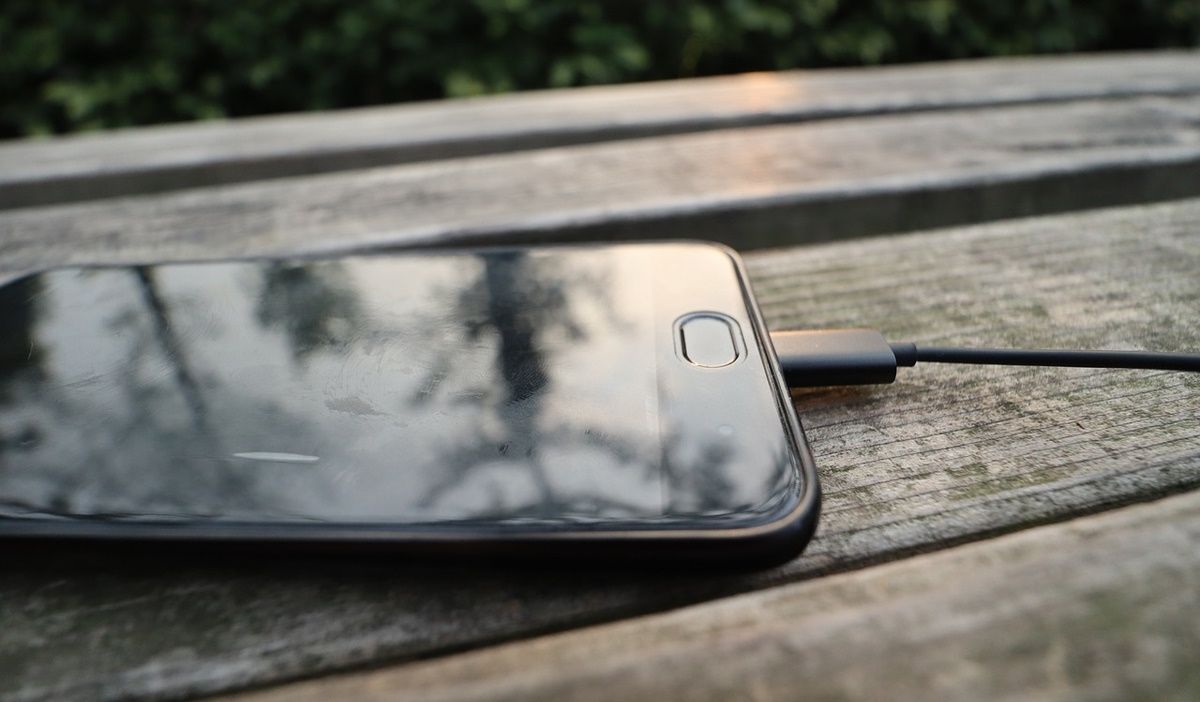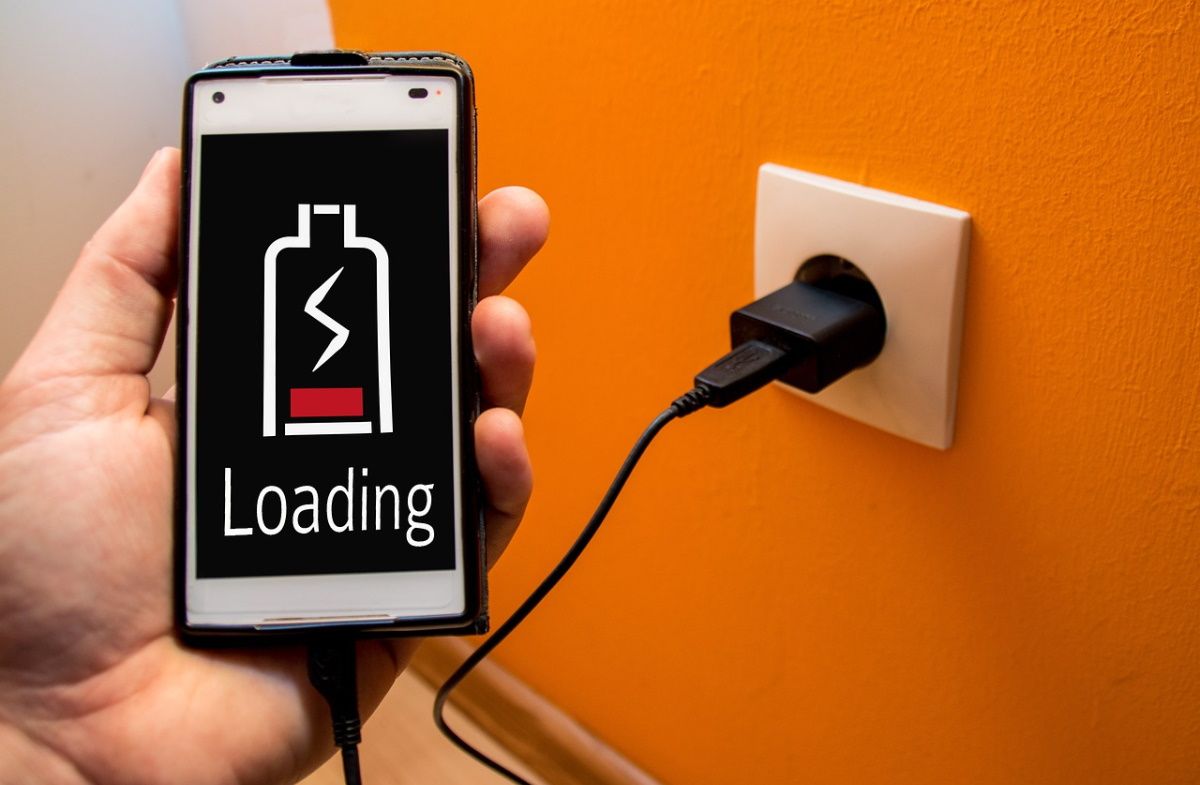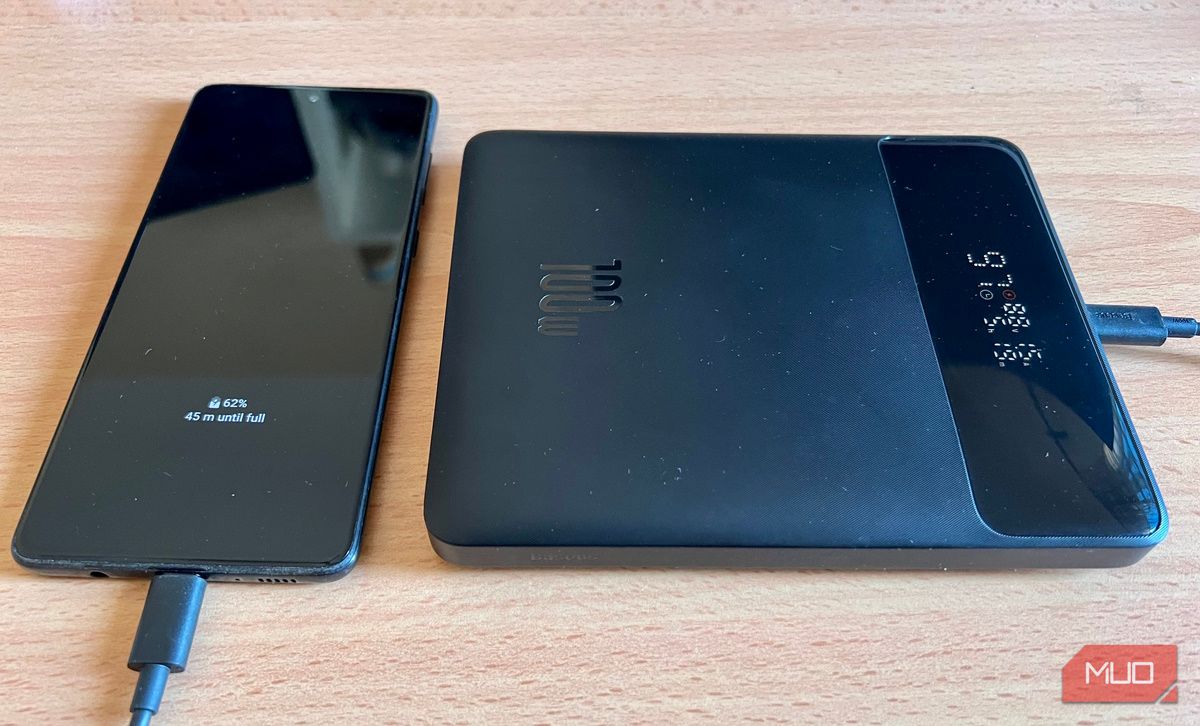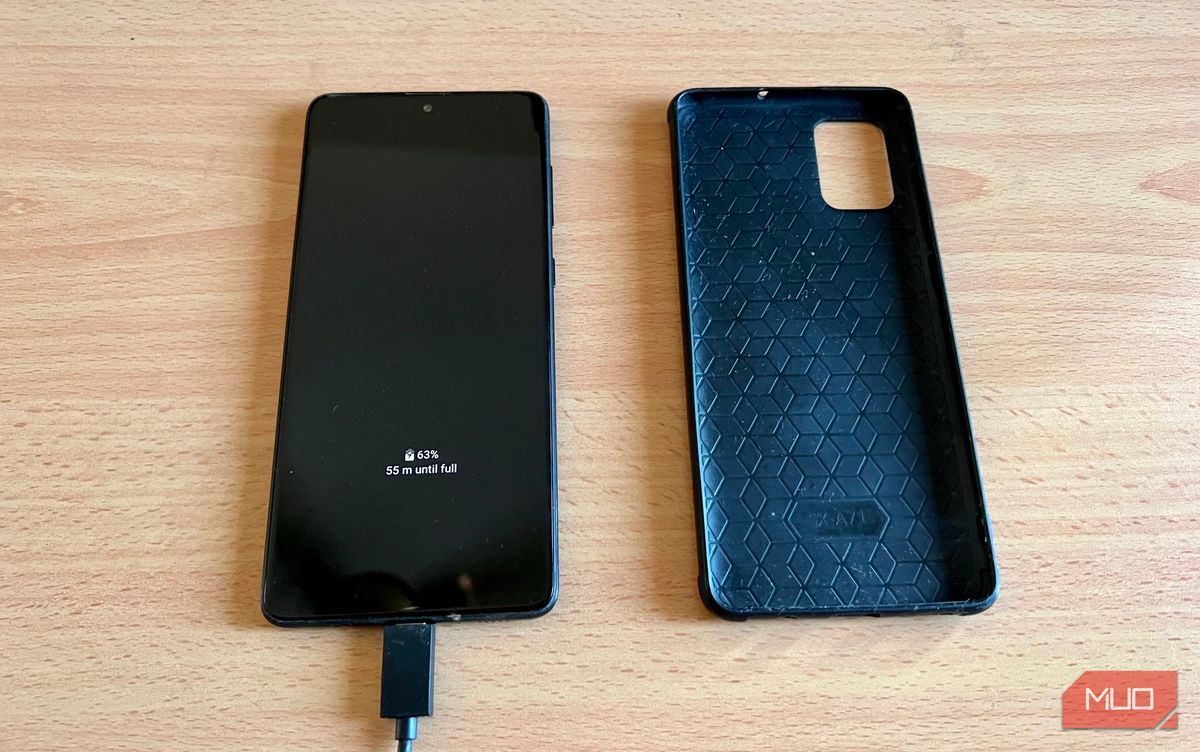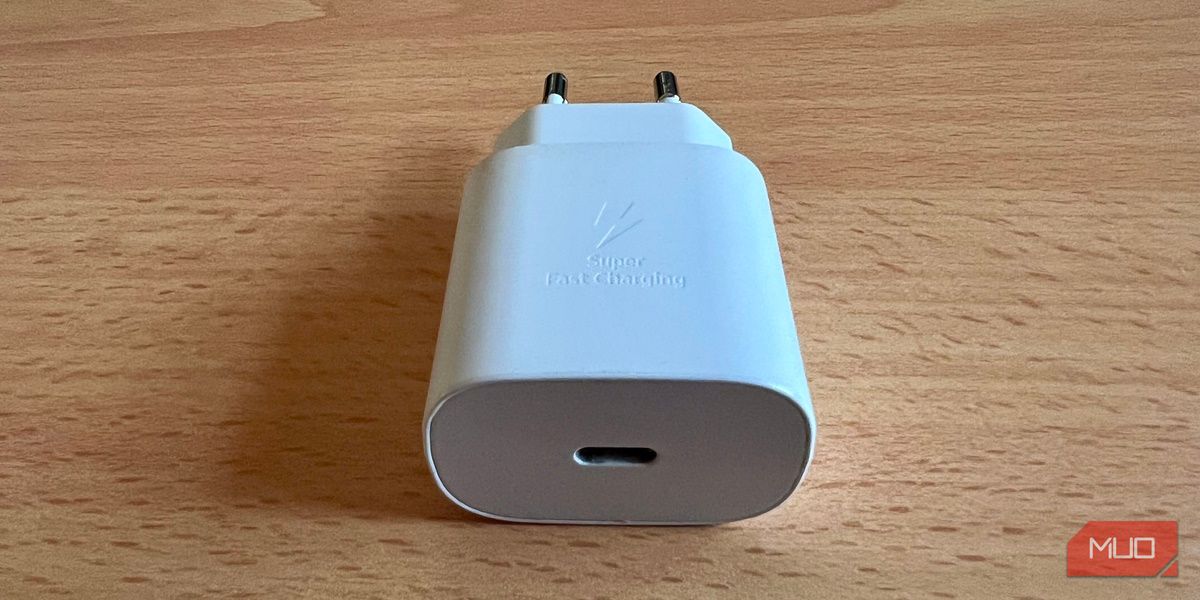Having to charge your phone constantly is frustrating. Although battery life is improving, it's still likely that you'll need to give your phone a top-up in the early evening if you're heading out for the night. And while the move to USB-C cables has cut the time it takes to give your device some extra juice, hanging around while your battery re-energizes itself can be tortuous.
But don't worry, there are some tips, tricks, and gadgets that can make the charging experience less painful. Here are the smartest Android charging tricks you're not using.
1. Enable Airplane Mode
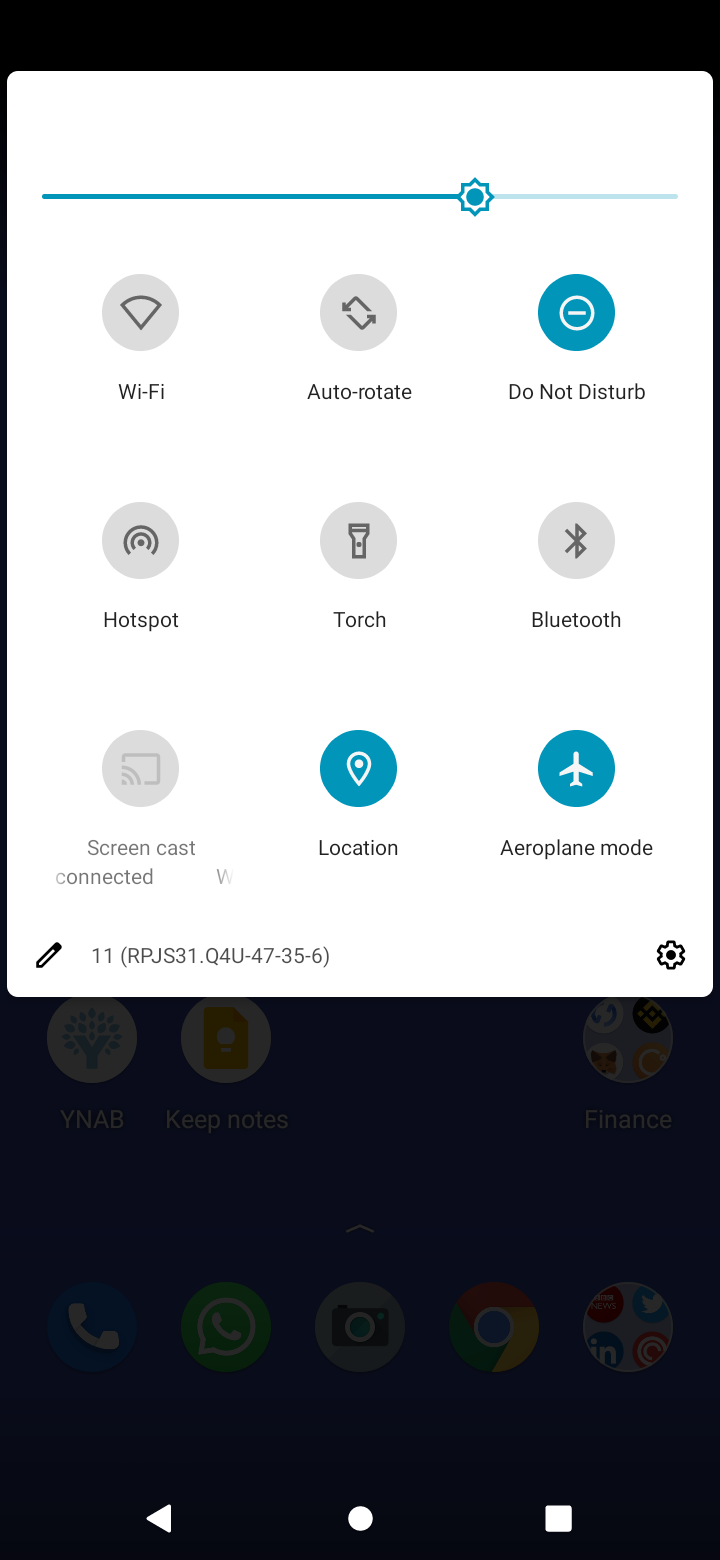
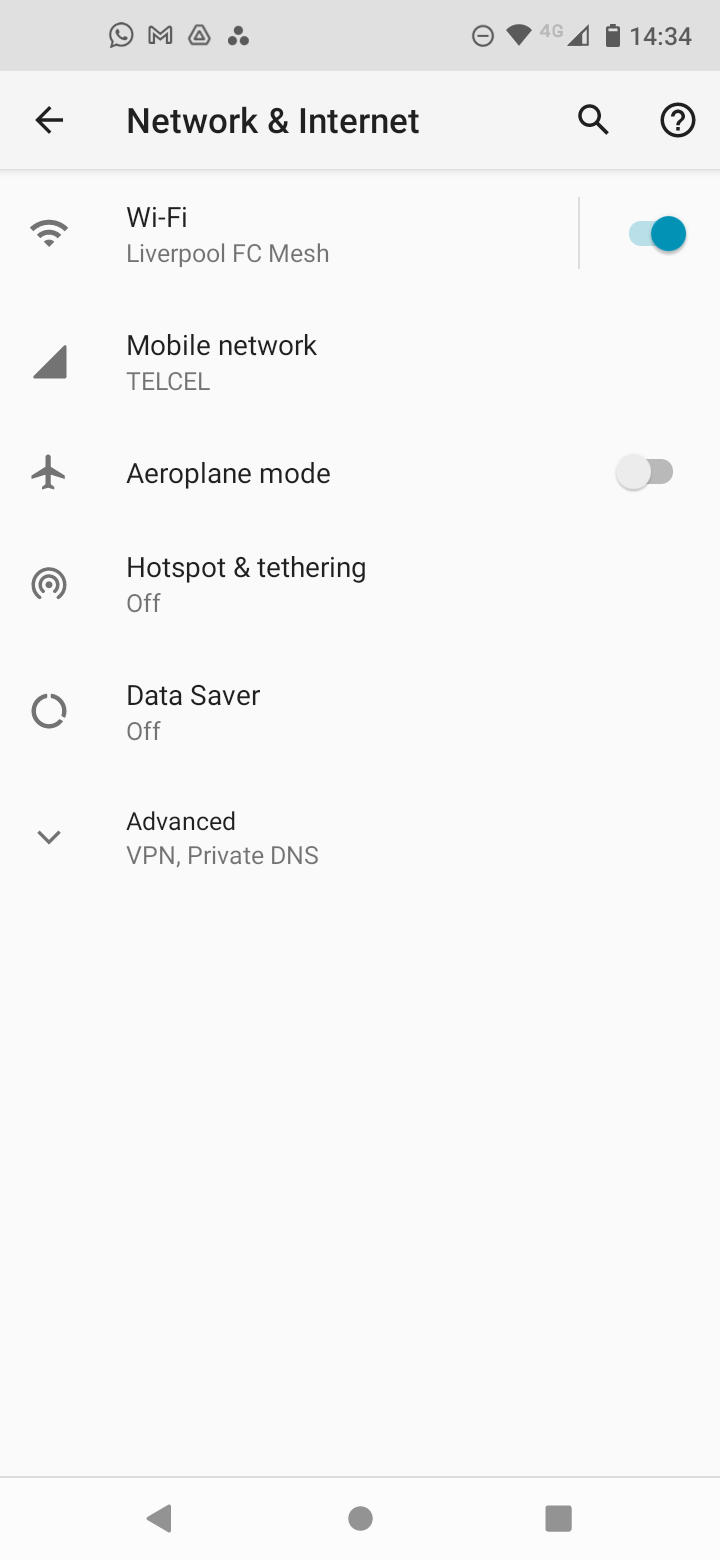
One of the biggest draws on your battery is the network signal. As a general rule, the worse your signal, the faster your battery will drain. Consequently, if you live in an area with a poor signal, charging your phone takes longer than if you reside in a place with a strong signal—the signal is eating through your power as you charge.
So, how can you make your phone charge faster? One quick solution is to put your phone in Airplane Mode before you plug it in. Testing suggests it could reduce the amount of time needed for a full charge by as much as 25%.
To put your phone into Airplane Mode, simply swipe down on the notification bar and tap the Airplane mode icon. Alternatively, you can go to Settings > Network and Internet > Airplane mode. Just make sure you turn it off again once your battery is full!
2. Turn Your Phone Off
Simple, obvious, but often overlooked. If your phone is turned off while it's re-powering, it's going to charge a lot faster. Nothing will be drawing on the battery while you fill it up.
Of course, turning your phone off while it is charging has its downsides—you will not be able to receive urgent calls or messages. But if you're looking to give your phone a quick 15-minute boost before you leave the house, powering it down is definitely the way to go.
3. Limit Your Phone Usage While It's Charging
If you can't turn your phone off to charge it faster because you wish to stay on top of notifications, try not to use it too much while it's plugged in. Using your phone while it's charging slows down the process. In particular, using intensive apps such as games will heat up your phone, slowing the charging process and damaging your battery in the long term.
Prolonged exposure to extreme temperatures is one of the common mistakes that could damage your smartphone. So, in other words, resist the urge to play games, watch videos, or scroll through social media while your handset is tethered to the charger—it will charge faster if you leave it alone.
4. Ensure Charge Mode Is Enabled
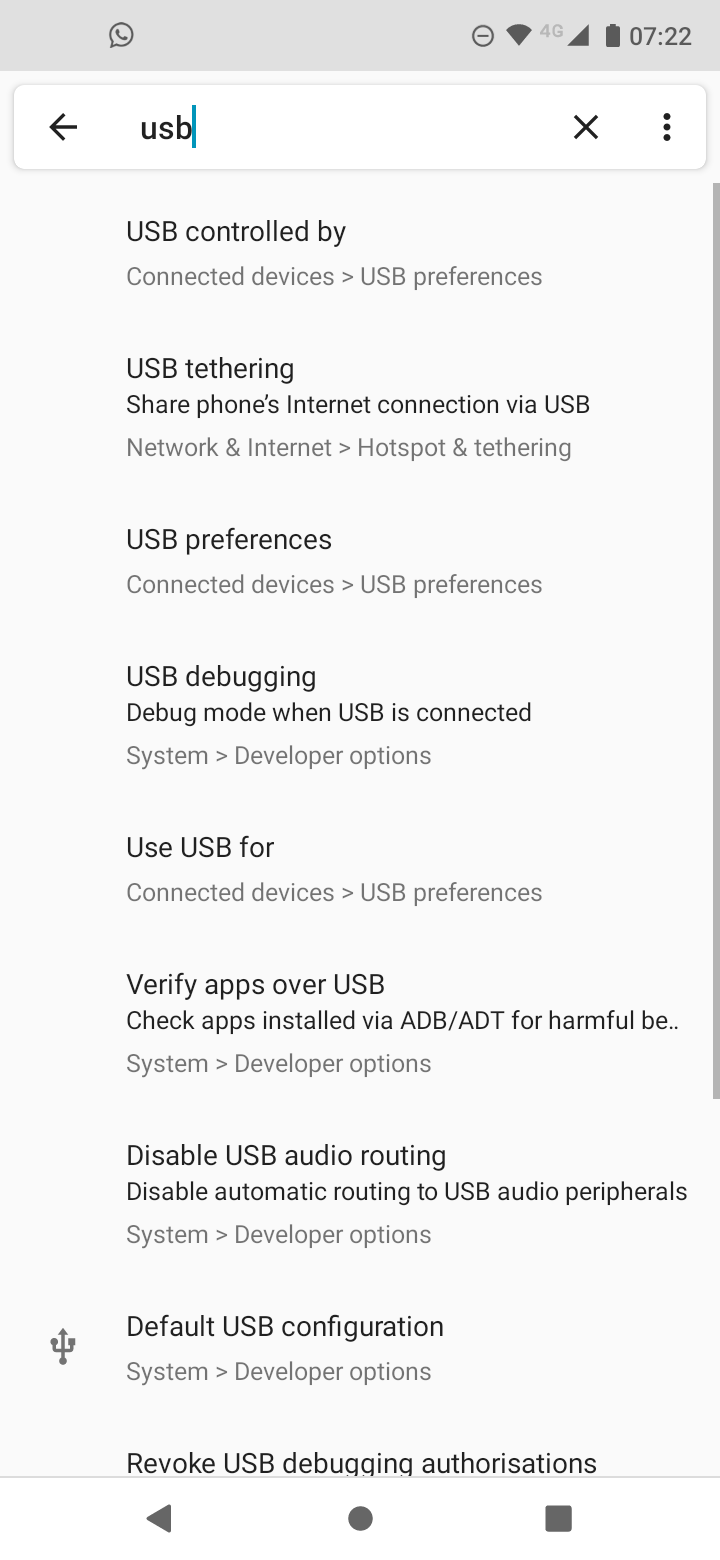
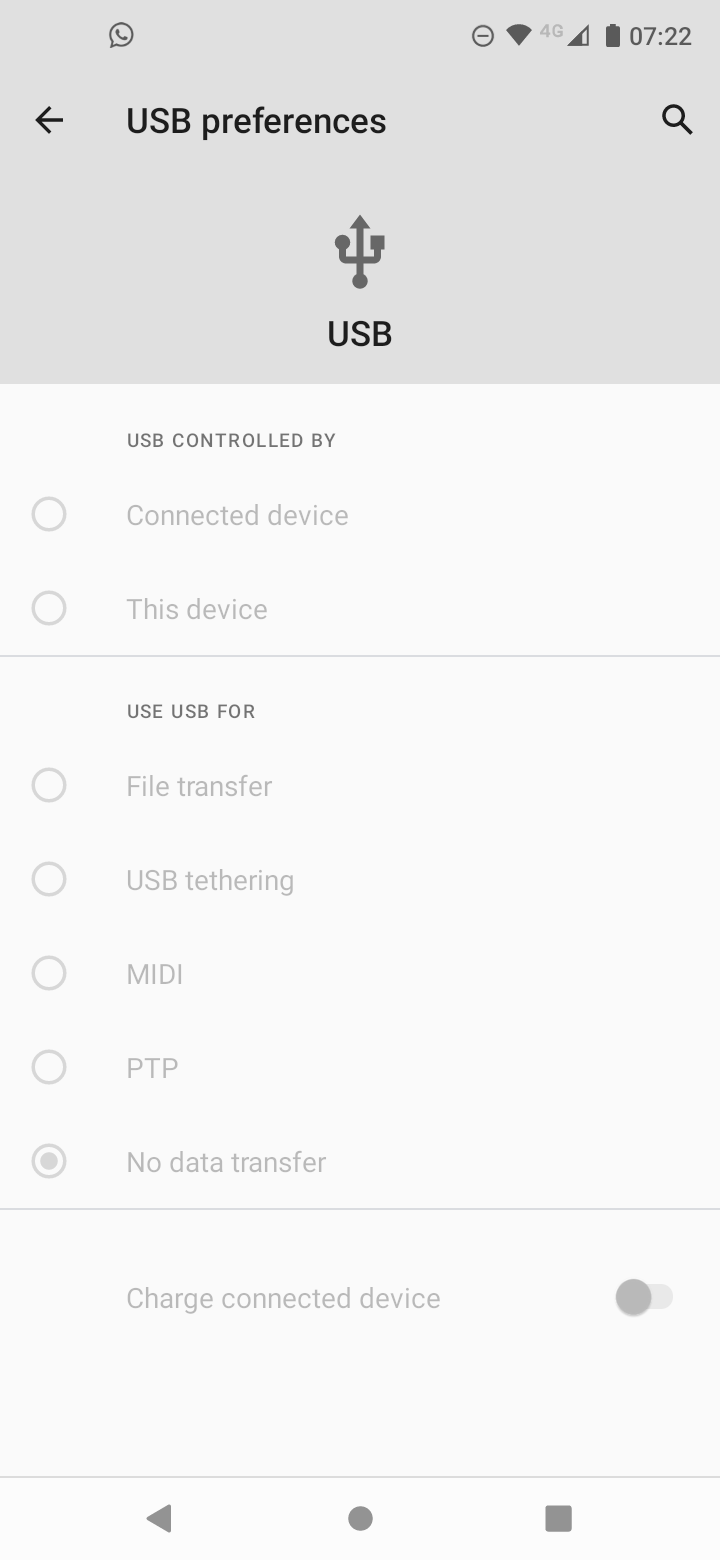
Your Android device lets you specify what type of connection it makes when you plug in a USB cable. If you're charging via your laptop or other device you need to make sure the charging feature is turned on and has not been accidentally disabled.
Head to Settings > Connected devices > USB preferences. On the list of options, make sure the Charge connected device toggle is enabled.
You will not be able to change options in this menu unless your device is connected to a USB cable at the time.
5. Use a Wall Socket
Using a USB port on your computer or in your car leads to a much more inefficient charging experience.
Typically, non-wall socket USB ports only offer a power output of 0.5A. Wall socket charging will usually give you 1A (depending on your device). There's nothing wrong with receiving a lower amperage—it won't harm your device—but you'll definitely be twiddling your thumbs for a lot longer.
As a rule of thumb, only use your car or laptop for a top-up, not for a full charge.
6. Buy a Power Bank
If you need to recharge your phone while you're on the go—for example, if you're often out traveling all day—a power bank can be a lifesaver.
Many power banks offer the same amperage output as a wall socket, and in some cases, even more. But a word of warning, while your phone might charge faster with a two-amp output, you need to make sure your USB cable can handle the extra power.
7. Avoid Wireless Charging
Wireless charging can be great; it's very convenient, and it entails fewer cables, which is something I'm sure we can all get on board with.
However, if charging speed is your number one priority, you should avoid it. It usually offers a considerably slower charging experience than its wired counterpart. In fact, testing suggests it could be as much as 50% slower.
Why? There are two reasons. First, it's more efficient to transfer energy through a cable than via simple contact. Second, the wasted energy manifests itself as excess heat. More on that in point eight.
Check out our article to learn more about wireless charging.
8. Remove Your Phone's Case
All smartphones currently rely on lithium-ion batteries. The chemistry behind the way they work dictates that the charging process works much more efficiently when the battery is cool.
To charge your phone faster, the battery temperature (not the air temperature) should be between 41 and 113 F (5 and 45 C). Obviously, the battery temperature is in part controlled by the ambient surrounding temperature, and removing your case will help lower it.
And in case you're thinking of putting your phone in the fridge to recharge it: don't. The efficiency drop-off is even more severe at temperatures below the ideal range.
9. Use a High-Quality Cable
The difference in quality between two cables can be vast.
Inside your single charging cable are four individual cables—red, green, white, and black. The white and green cables are for data transfer; the red and black ones are for charging. The number of amps the two charging cables can carry is determined by their size. A standard 28-gauge cable can carry around 0.5 amps; a larger 24-gauge cable can carry two amps.
Generally, cheap cables use the 28-gauge setup, resulting in slower charging speeds. If you want to test your cable for charging efficiency, download Ampere. It lets you measure the charge and discharge rate of your device.
10. Buy a Fast Charger Adapter
One of the best ways to charge your phone faster is to invest in a faster power adapter to pair with your high-quality cable. Some charger adapters are designed to provide up to 45 watts of power or more, which is typically much faster than a standard charger. So, if your phone supports fast charging, it might be time to invest in a charger that can get the most out of it.
However, you might wonder if fast charging is bad for your phone's battery life. The short answer is no—you shouldn't worry much as long as you're using a compatible and high-quality fast charger adapter.
Although this feature should be on by default, you may need to double-check on some phones by heading to Settings > Battery and device care > Battery > More battery settings and toggling the Fast charging option on if it's off.
Increase Your Android Phone's Charging Speed
We've introduced you to the various ways you can make your phone charge faster and make the experience less painful. If you work through the tips methodically, you can save time charging your phone.
There's only so far you can take it, though. Ultimately, if you really want the shortest charging time, you'll need to upgrade to a phone that supports Quick Charge functionality. These can get you back up and running in minutes rather than hours.

